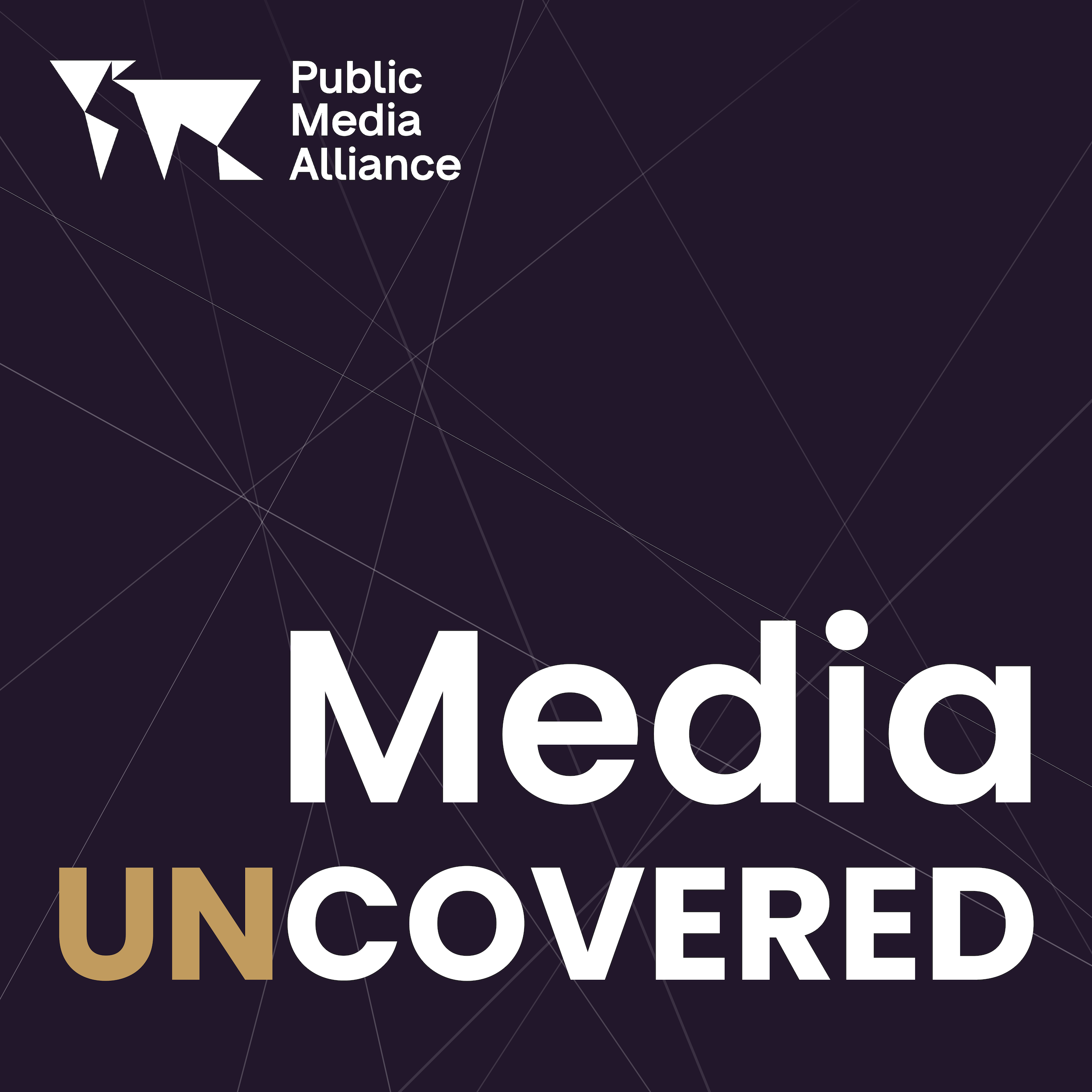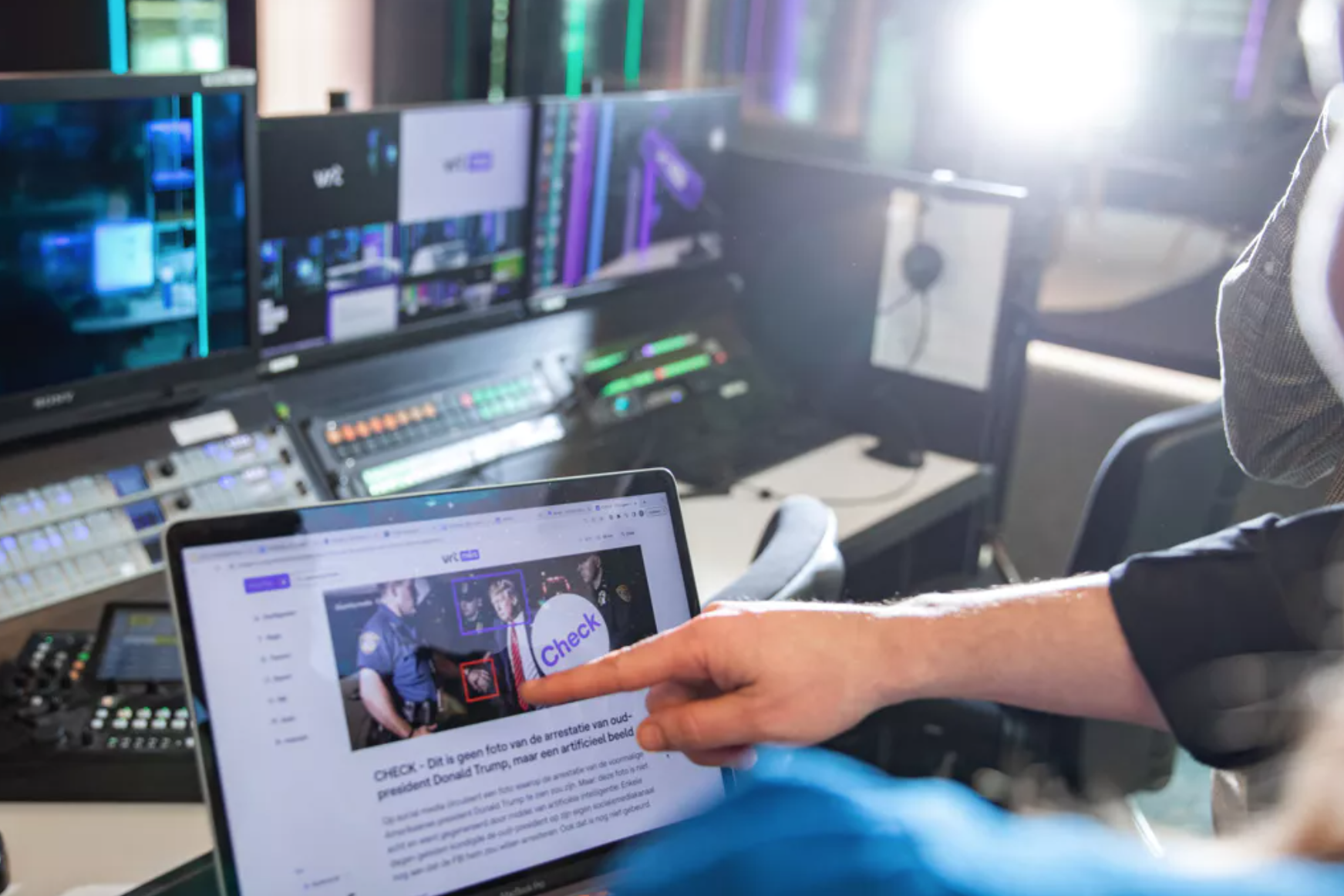“Treat it like a virus”: How TVO’s latest show is building immunity to misinformation
5 February 2025
Big [If True] is a new programme from TVO Media Education Group, and engages directly with mis- and disinformation, exploring the origins, history, and spread of fake news.

With mis- and disinformation so prevalent and common across online platforms, what can public service media do, not just to debunk these myths, but to try and equip their audiences with the skills to be able to identify and scrutinise such misinformation they might come across in the future? This is the question at the centre of TVO’s newest show, Big [If True]. Its weekly episodes explore certain issues, or lies, but also aims to leave a parting legacy on the audiences as well.
PMA’s Editorial Manager, Harry Lock, spoke with TVO Media Education Group Director of Program Development, Elizabeth St Philip, to find out more about the show.
Harry Lock: What is the concept behind Big [If True]?
Elizabeth St. Philip: Big [If True] is TVO Media Education Group’s (TVO) new weekly, half-hour show tackling one of the biggest issues of our time: the erosion of truth. Award-winning journalist and host Molly Thomas, along with expert guests, help viewers understand why misinformation is so prevalent – why we believe it, who benefits and how it’s shaping our society. We also expose the tactics used to mislead us and give audiences tips and tools to fight back.
Read more: Why Meta fact-checking cuts highlight vital role of public media
HL: How would you characterise the prevalence and pervasiveness of mis- and disinformation in Canadian society?

ESP: Statistics Canada reports that 43% of Canadians feel it’s becoming much harder to distinguish between true and false information.
Mis- and disinformation are everywhere – from climate change denial, to political smear campaigns, to finance and romance scams. And many people don’t feel equipped to deal with it. That same Statistics Canada report found nearly one in ten Canadians don’t know how to fact-check information. This crisis in media literacy is happening as Meta is suspending their fact checking program. Big [If True] is here to help.
HL: How does Big [If True] address this?
ESP: We treat misinformation like a virus. We identify it, try and trace its origins, figure out how it spreads, and help people build immunity.
Each episode tackles a different aspect of misinformation – whether it’s political, or technological, like deepfakes – so viewers understand the forces shaping what they see and believe. For example, in Episode 2, we looked at health misinformation. From mpox myths to viral memes, we broke down why health misinformation spreads so quickly, how it exploits fear and uncertainty, and the real-world harm it causes. We also showed viewers how to fact-check suspicious claims. But we don’t just focus on what’s happening, we explore why – the psychology behind belief, the motivations of individuals and organizations, and the societal vulnerabilities they exploit.
HL: Who is Big [If True] trying to reach and how?
ESP: Our audience is 25-45-year-olds – savvy but perhaps overwhelmed by all the content in their feeds. Some may have even lost a family member to a conspiracy theory. We try and meet them where they are – our segments are on YouTube, TVO.org, TVO Today Smart TV app and on TVO’s broadcast channel in Ontario.
Molly Thomas keeps the analysis sharp but also injects some levity. For example, we ended 2024 with a list of the biggest misinformation stories of the year. One of them was Trump’s false claim that Haitian immigrants were eating cats and dogs in Springfield, Ohio. It was a lie that played into very harmful stereotypes about people from other cultures. But we also included the viral remix song that turned that absurdity into a meme. We want people to feel intrigued when engaging with this material, not exhausted.
“What TVO really hopes to achieve with Big [If True] is boosting media literacy across Canada. We’re not just here to deliver information—we aim to help people identify and ultimately stop the spread of false content.” – Elizabeth St. Philip, Director, Program Development, TVO Media Education Group
HL: How does Big [if True] promote media literacy?
ESP: Increasing media literacy is our goal. It’s not enough to debunk a single lie – our audience needs to leave every episode better equipped to spot the next one. That’s why we try to make sure our segments always include practical tips and tools. We highlight common red flags. For example, be wary of content that triggers strong emotions, like fear or anger. This type of material is designed to make you feel a certain way so you will share false information widely. Ultimately our aim is to empower people to think critically, ask smarter questions, and recognize when are being manipulated.
![A woman stands in a TV studio with a screen in the foreground showing the logo for the programme, Big [If True]](https://www.publicmediaalliance.org/wp-content/uploads/2025/02/Big-If-True-Host-Molly-Thomas.png)
HL: How does the team decide what stories to cover?
ESP: We ask: Is this story relevant to our audience right now? We look at reach: How far has the falsehood traveled? Is it influencing decisions in the real world?
(Fun fact – a 2018 study titled “The Spread of True and False News Online” published in Science found that false news reached more people than the truth; the top 1% of false news … diffused to between 1000 and 100,000 people, whereas the truth rarely diffused to more than 1000 people.”. That was seven years ago, so imagine the spread of falsehoods today.)
We don’t want to amplify disinformation and add to the problem. So, we ask ourselves – is this worth reporting and what is the harm of staying silent? Then we try to explore the issue more deeply. What does this reveal about the tactics of misinformation? What lessons can it teach our audience about protecting themselves?
For example, in Episode 3, we looked at the rise of deepfake fraud in Canada. We included voice manipulation scams targeting businesses and individuals. Experts like Patrick Dell, Senior Video Editor at The Globe and Mail and Marilyn Abate from KPMG’s Forensic & Financial Crimes division shared insights on spotting and reporting scams as well as practical tips people can use right away. They include setting up a pre-established “safe word” with your family members in case you are scammed by a deepfake, and you want to verify your loved one’s identity.
Listen toour podcast
Uncovering and exploring the biggest
issues facing public media
HL: What has the reaction been to the series so far?
ESP: We’ve aired six episodes. The fifth, aired on January 26, [was] about the perils of fact-checking in 2025 and the Liar’s Dividend, a mis-and disinformation strategy used by some politicians to avoid accountability. The reaction has been positive and people have called in with questions about specific topics we’ve covered. We believe there’s great interest in this kind of programming.
HL: What role does public media play in addressing misinformation?
ESP: Public media has a unique role in fighting misinformation and disinformation. We’re not chasing clicks or profits, we aim to serve public interest and contribute to informed public discourse. What TVO really hopes to achieve with Big [If True] is boosting media literacy across Canada. We’re not just here to deliver information—we aim to help people identify and ultimately stop the spread of false content.
That means interviewing experts to help viewers navigate the polluted information landscape, raising media literacy and equipping people to think critically about all the information they encounter, not just what we produce. Our job is to provide clarity and context – as we say in our tagline: we help people decipher between what’s real, and what’s not.
Related Posts
10th January 2025
Why Meta fact-checking cuts highlights vital role of public media
Cuts to Meta fact-checking in favour of…
3rd April 2024
VRT NWS is launching a fact-check marathon in the run-up to elections
With the approaching parliamentary and…



